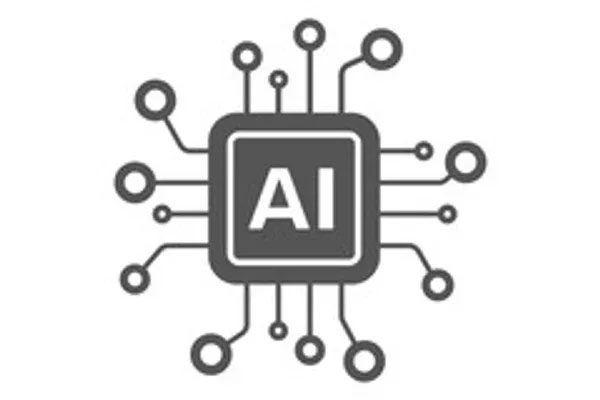Artificial Intelligence (AI) is not a new concept, but organizations have started learning about and understanding its full potential in recent years. AI can drive operational and cost efficiencies and strategic business transformation programs, including better and more tailored customer engagement. However, an insufficient understanding of AI’s inherent risks can slow down the widespread adoption of AI in an organization. In some cases, not having the right strategy to handle the risks can cause damage to the organization’s brand and the bottom line. In my earlier blogs, I have discussed the history, definition, and hype around Generative AI (Artificial intelligence) along with examples of business applications of Gen AI. In this blog, I will cover some of the risks associated with Generative (Gen) AI and how to mitigate them.
The development and deployment of General Artificial Intelligence (Gen AI) pose various risks, and it is crucial to consider them to ensure these risks do not hinder the progress of AI adaptation in the organization. Some of the critical risks associated with Gen AI include:
Safety Concerns:
Accidents and Malfunctions: Gen AI systems may exhibit unexpected behavior, leading to accidents or malfunctions that could have serious consequences.
Security Threats: Malicious actors might exploit vulnerabilities in Gen AI systems for malicious purposes, such as cyberattacks or data breaches.
Ethical and Bias Issues:
Bias in Training Data: If the training data used for Gen AI models is biased, the AI system may perpetuate and amplify existing societal biases.
Unintentional Discrimination: Gen AI may inadvertently discriminate against certain groups or individuals based on race, gender, or other factors.
Job Displacement:
Automation of Jobs: Gen AI has the potential to automate tasks traditionally performed by humans, leading to job displacement in various industries.
Lack of Accountability and Transparency:
Black Box Problem: Many advanced AI models operate as “black boxes,” making it challenging to understand their decision-making processes.
Accountability: It may be unclear who is responsible when AI systems make incorrect or harmful decisions.
Privacy Concerns:
Data Misuse: Using large datasets to train Gen AI models raises concerns about the privacy and potential misuse of sensitive personal information.
Social Impact:
Inequality: Deploying Gen AI may exacerbate existing social and economic inequalities without equity in mind.
Social Disruption: Rapid adoption of Gen AI could lead to social disruption as societies adjust to the changes brought about by advanced automation.
To mitigate these risks, it’s essential to implement various strategies and best practices:
Robust Testing and Validation:
Rigorous testing and validation processes can help identify and address potential safety and reliability issues.
Ethical AI Design:
Develop AI systems with ethical considerations, addressing biases and promoting fairness and inclusivity.
Transparency and Explainability:
Design AI systems that are transparent and explainable to enhance accountability and build trust.
Regulation and Governance:
Establish clear regulations and governance frameworks to guide the development and deployment of Gen AI, ensuring responsible practices.
Continuous Monitoring:
Implement systems for continuously monitoring and updating AI models to address emerging risks and challenges.
Collaboration and Stakeholder Engagement:
Engage with diverse stakeholders, including experts, policymakers, and the public, to gather input and perspectives on the development and deployment of Gen AI.
Education and Awareness:
Promote education and awareness about AI and its implications to ensure informed decision-making by individuals and organizations.
By proactively addressing these risks and adopting responsible practices, it is possible to harness the benefits of Gen AI while minimizing potential negative consequences.
Some of the benefits of generative AI include faster product development, enhanced customer experience, and improved employee productivity, but the specifics depend on the use case. Organizations looking to be early adapters should be realistic about the value they are looking to achieve, especially when using a service as is, which has significant limitations. One key point to remember is that Generative AI currently creates artifacts that can be inaccurate or biased, making human validation essential and potentially limiting the time it saves workers. KPIs (Key Performance Indicators) need to be tied to use cases to ensure that any project either improves operational efficiency or creates net new revenue or better experiences.





